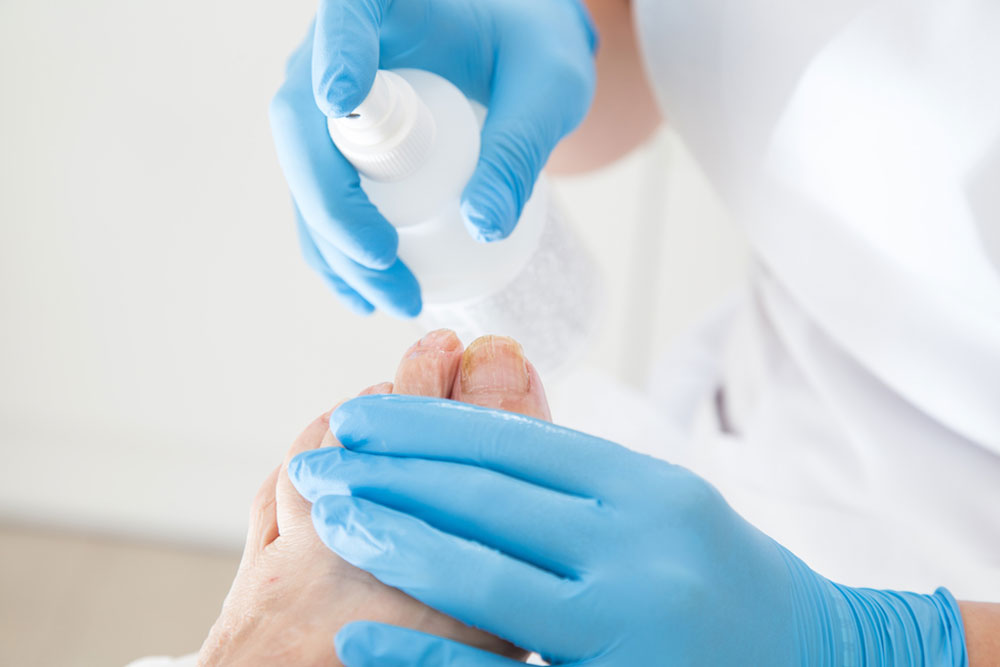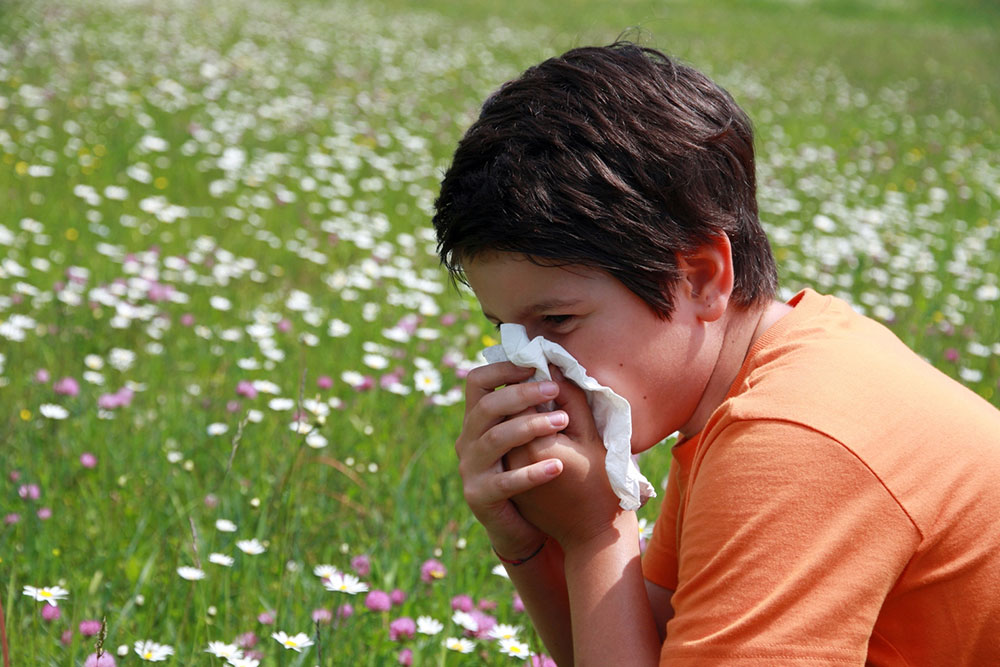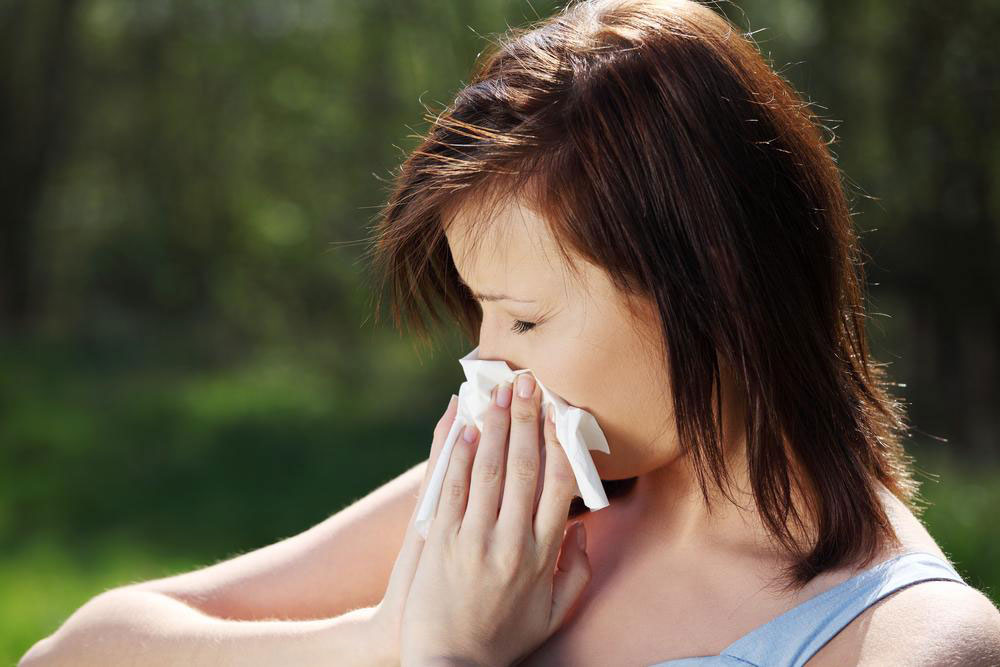
Signs & Symptoms
Symptoms and Ways to Treat Poison Ivy Rashes
Poison ivy is a toxic plant widely found throughout the country. This plant, upon contact with human skin, causes a painful rash, known as contact dermatitis. The rash is caused by an allergic reaction to an oily resin, called urushiol, which is found in the leaves, roots, and stem of the plant. If you come in contact with the oil, wash your hands immediately to avoid the rash. In case it develops, it may be extremely itchy and last for weeks. Mild cases of poison ivy rash can be treated at home, using cool baths and soothing lotions. However, if the rash becomes widespread and severe, you may require proper medical evaluation and suitable medication. Common symptoms of poison ivy rash Usually, the rash appears after 12 to 48 hours of the contact and lasts up to 2-3 weeks. The most common symptoms include: Swelling Redness Itching Blisters Difficulty in breathing. This usually happens if you have inhaled the smoke produced from the burning of poison ivy. The severity of the rash depends upon the amount of urushiol that comes in contact with your skin. If this oil is more, the rash will be more intense. Usually, the rash looks like a straight line because of the way the plant brushes against your body.












